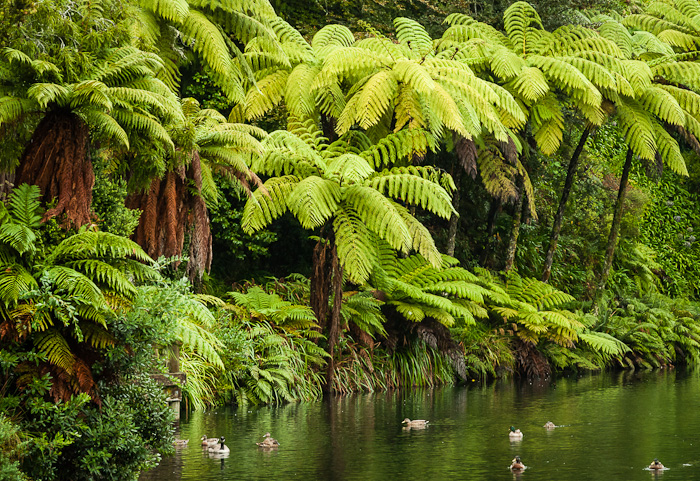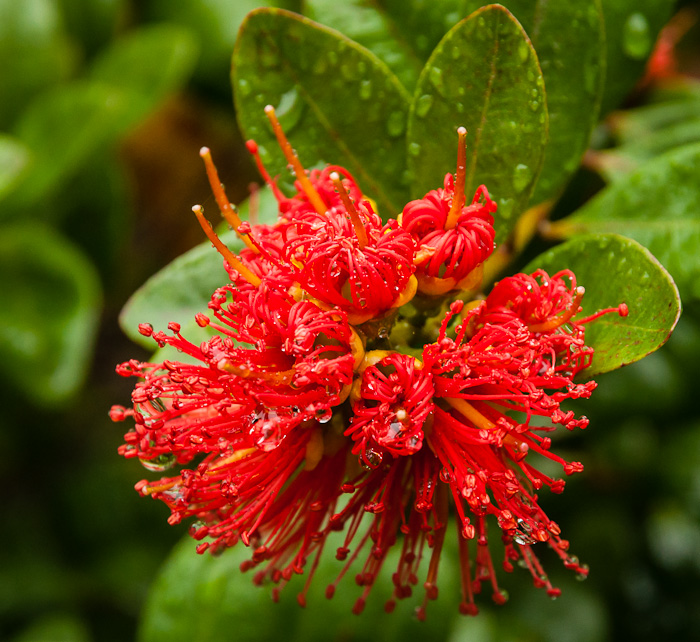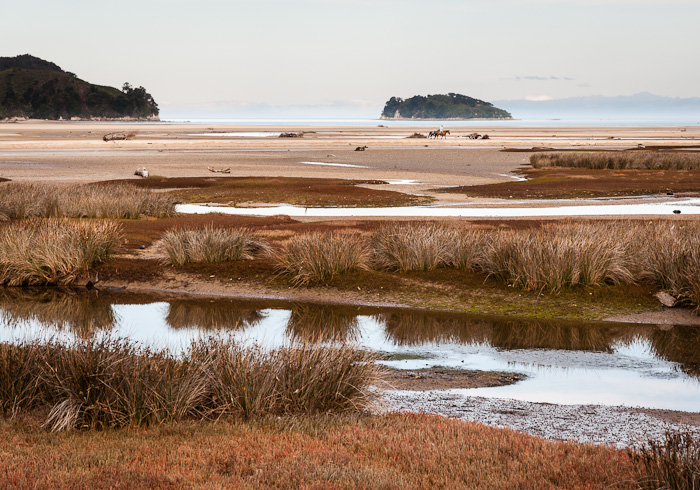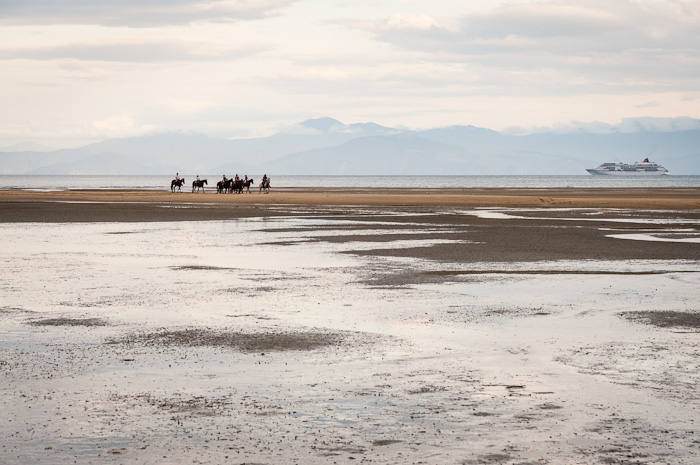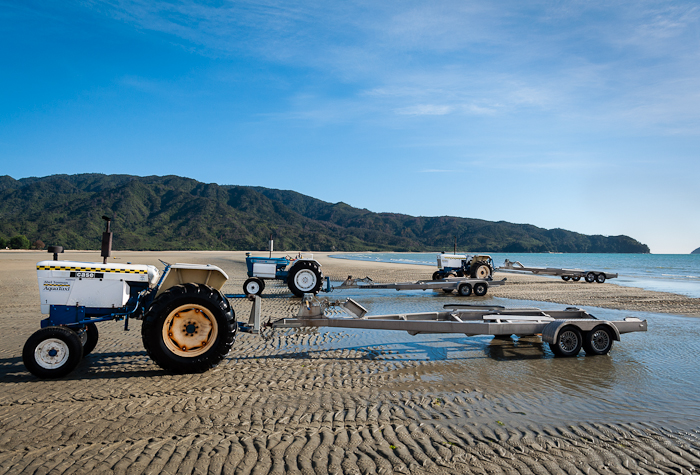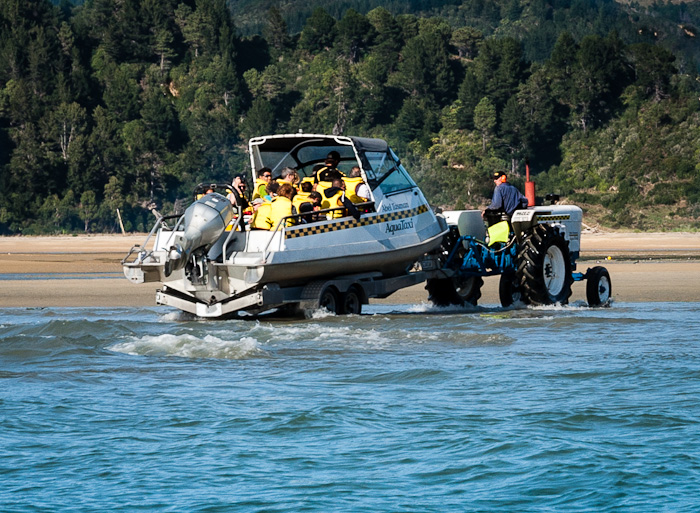Sometimes I feel very sad and overwhelmed about what we are doing to our planet. Our government, like so many other "leaders" around the world, seem to have little care about the natural environment or the future of planet earth. But I have learned that getting upset is not helpful if that is where I get stuck, and that my energy needs to be focused on what I can do to reflect how I connect with and value the natural world. This blog is a small celebration, my awareness of what is around me, and my invitation to you to enjoy and connect and learn and value the natural world around you. And I am working on bigger projects, which I hope to share later.
In the meantime, I find solace in an amazing plant, a survivor which is not deterred by the very adverse salt desert conditions in which it grows and thrives - salt marshes, estuaries and beaches at high tide where it is intermittently exposed and dry, then bathed in salt water...




















